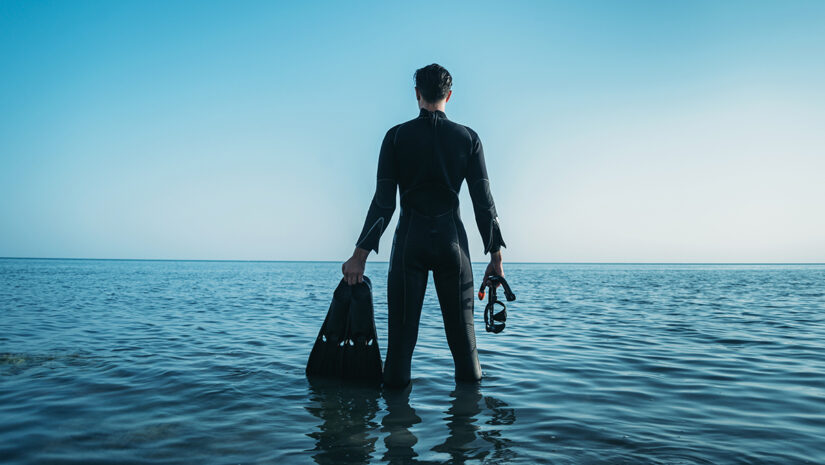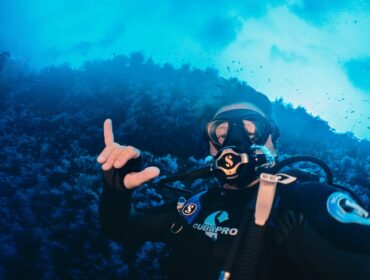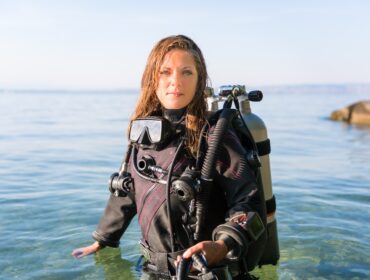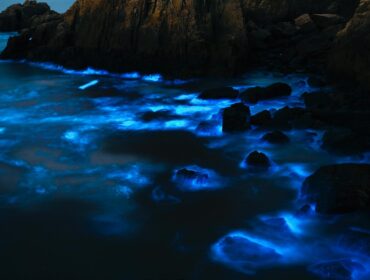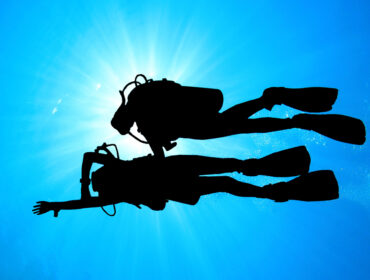Whether you’re actively seeking cold water or live where water gets colder this time of year, cold water diving can be a gratifying (if laborious) endeavor. Some believe that cold water diving must be tedious, as these temperatures don’t play host to the vivid array of colorful marine life of the tropics. Still, the variety of marine life in cold water may surprise you. Beyond that, you will learn new skills and enhance old ones to make you a better diver than you were before. Let’s take a look at how to prepare for cold water diving.
It’s All About the Core
Keeping your core temperature up before you slip into chilly waters will help you stay warm throughout your dive. While you may want to steer clear of diuretics like coffee, sipping hot chocolate or tea keeps your belly warm, which always helps spread heat to your extremities. Bundle up so you’re comfortable but not overheated, as cold air hitting sweat is a surefire way to bring your body temperature down.
Exposure protection for cold water diving comes in several forms. Full wetsuits, farmer johns/janes jackets, and drysuits, with gloves, hoods, and boots that are compatible with the chosen style. Divers who wear wetsuits may enjoy the temporary comfort of warming their wetsuit by relieving their bladder. Still, divers who wear drysuits will have the added advantage of dry thermal undergarments and a buffer of air between the body and the drysuit to further insulate against the cold. Peeing in a drysuit is strictly forbidden, whereas peeing in your wetsuit is between you and…your wetsuit.
Plan Your Dive, Dive Your Plan
All dives should be planned, but planning a cold water dive meticulously is crucial to having a successful dive. Cold water environments hold many challenges that do not exist in warm water. Drysuits require specific training, as your buoyancy considerations are pretty different, among other differences from a wetsuit. Air consumption is typically affected due to increased heart rate and blood pressure from the shock of cold water. And simple skills like replacing a mask underwater can be more difficult with stiff joints. You lose body heat an average of 26 times faster underwater than on land, so staying on top of your body’s signals is paramount to safely diving in cold water.
Cold water diving has no giant stride or roll-back entry, as it is best to acclimate your body to its environment slowly. For this reason, many cold water dives are shore dives, like in the Pacific Northwest or the Great Lakes. You can take as much time as you need to submerge. If you aren’t feeling right about the dive for any reason, never be afraid to call the dive. Hypothermia can set in dangerously fast. The consequences could be dire if you don’t respond to your body’s signals that something is wrong. A person suffering from any stage of hypothermia should be removed from the water and wet garments immediately, put into dry clothes and blankets, and given hot drinks until symptoms subside.
This video offers an incredible look at what you can see if you dive into cold water. If you diligently practice preparing for cold water diving and follow your training. This frigid and beautiful underwater world can be yours!

